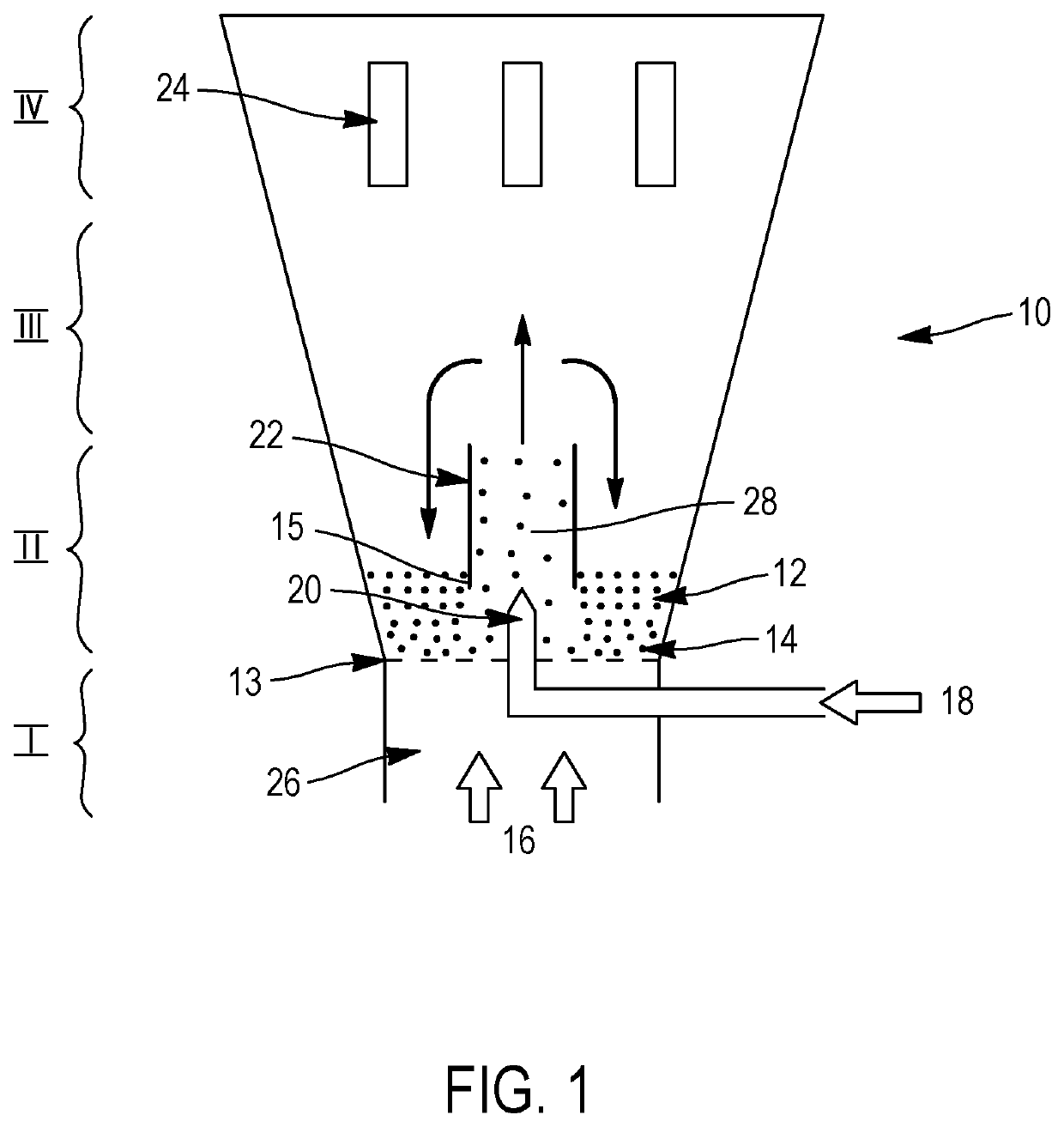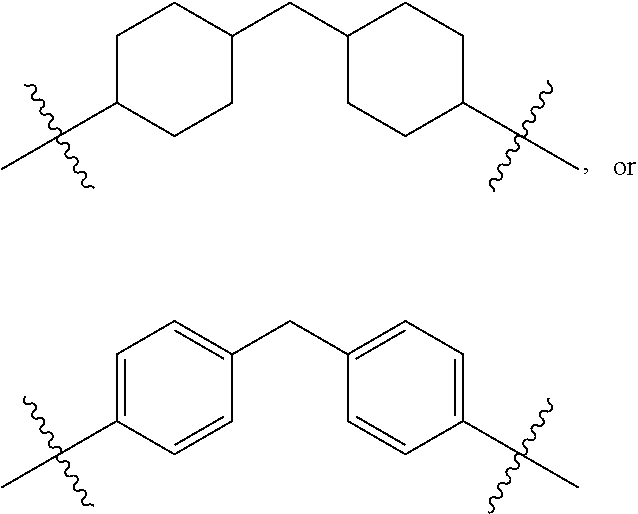Bitumen solid at ambient temperature
a technology of ambient temperature and bitumen solids, which is applied in the direction of working-up pitch/asphalt/bitumen, coatings, and ways, etc., can solve the problems of high restrictions, dangerous transportation of bitumen under hot conditions in liquid form, and certain drawbacks of hot-condition transportation
- Summary
- Abstract
- Description
- Claims
- Application Information
AI Technical Summary
Benefits of technology
Problems solved by technology
Method used
Image
Examples
examples 1 to 4
are counter examples.
Examples 5 and 6 are examples according to the invention.[0541]b) Evaluation of the Bitumen Pellets Obtained
[0542]The pellets obtained in examples 1 to 6 are then evaluated according to several criteria:
[0543]1) the obtaining of bitumen pellets comprising a core and a coating layer,
[0544]2) the homogeneity of the coating layer formed,
[0545]3) the deformation of the pellets,
[0546]4) the presence of agglomerates, and
[0547]5) their resistance at high temperature (load strength evaluated at 65° C. for 4 h).
[0548]The results are presented in table 3 below.
TABLE 3Examples123456Pellet formationyesnononoyesyesResistance at−−−−+++++ambienttemperature at65° C.+++: the pellets retain their initial shape and do not adhere to one another.++: the pellets do not adhere to one another but no longer exhibit their rounded shape.+: the pellets adhere slightly to one another.−: the pellets are agglomerated.[0549]Coating layer comprising exclusively an anticaking agent (example 1)
[0...
PUM
| Property | Measurement | Unit |
|---|---|---|
| temperature | aaaaa | aaaaa |
| thickness | aaaaa | aaaaa |
| weight | aaaaa | aaaaa |
Abstract
Description
Claims
Application Information
 Login to View More
Login to View More - R&D
- Intellectual Property
- Life Sciences
- Materials
- Tech Scout
- Unparalleled Data Quality
- Higher Quality Content
- 60% Fewer Hallucinations
Browse by: Latest US Patents, China's latest patents, Technical Efficacy Thesaurus, Application Domain, Technology Topic, Popular Technical Reports.
© 2025 PatSnap. All rights reserved.Legal|Privacy policy|Modern Slavery Act Transparency Statement|Sitemap|About US| Contact US: help@patsnap.com



